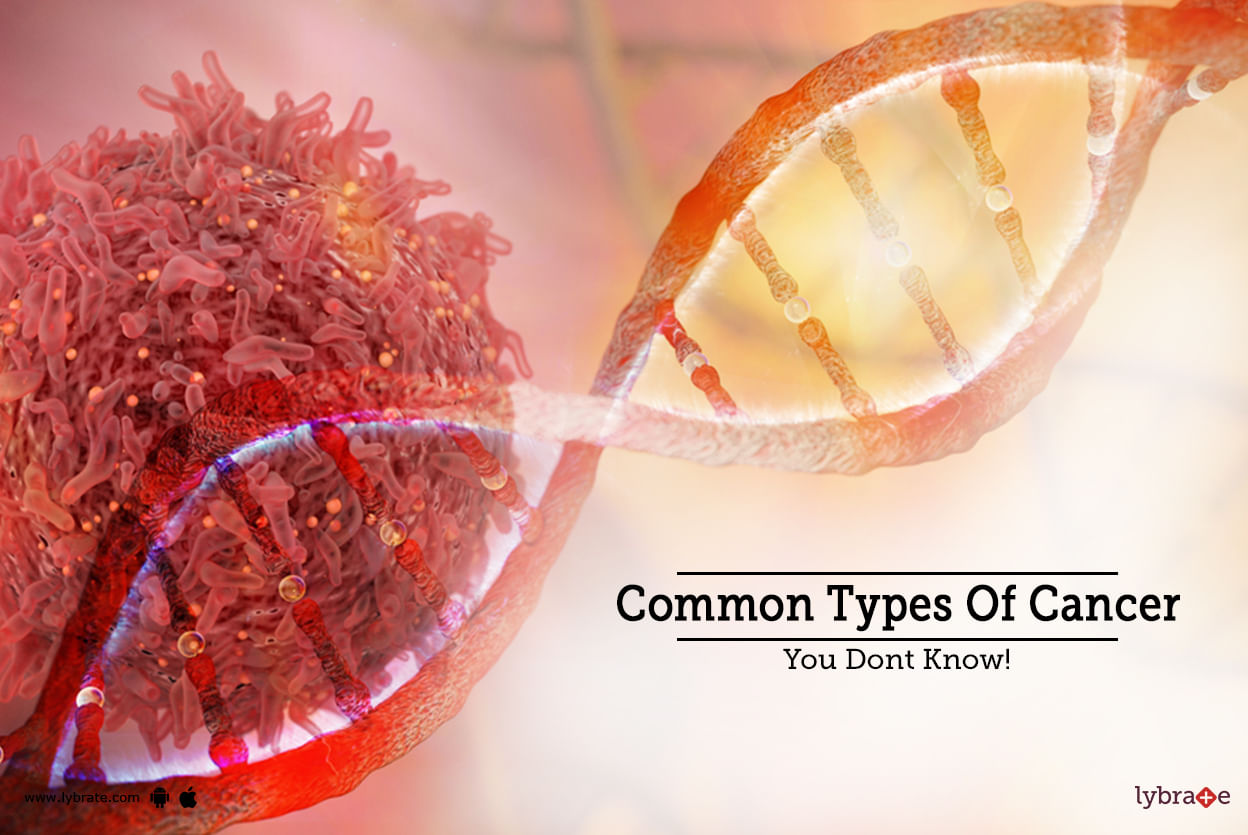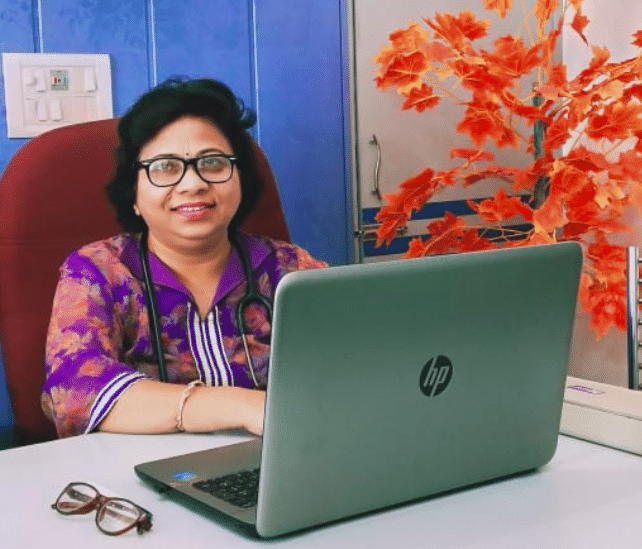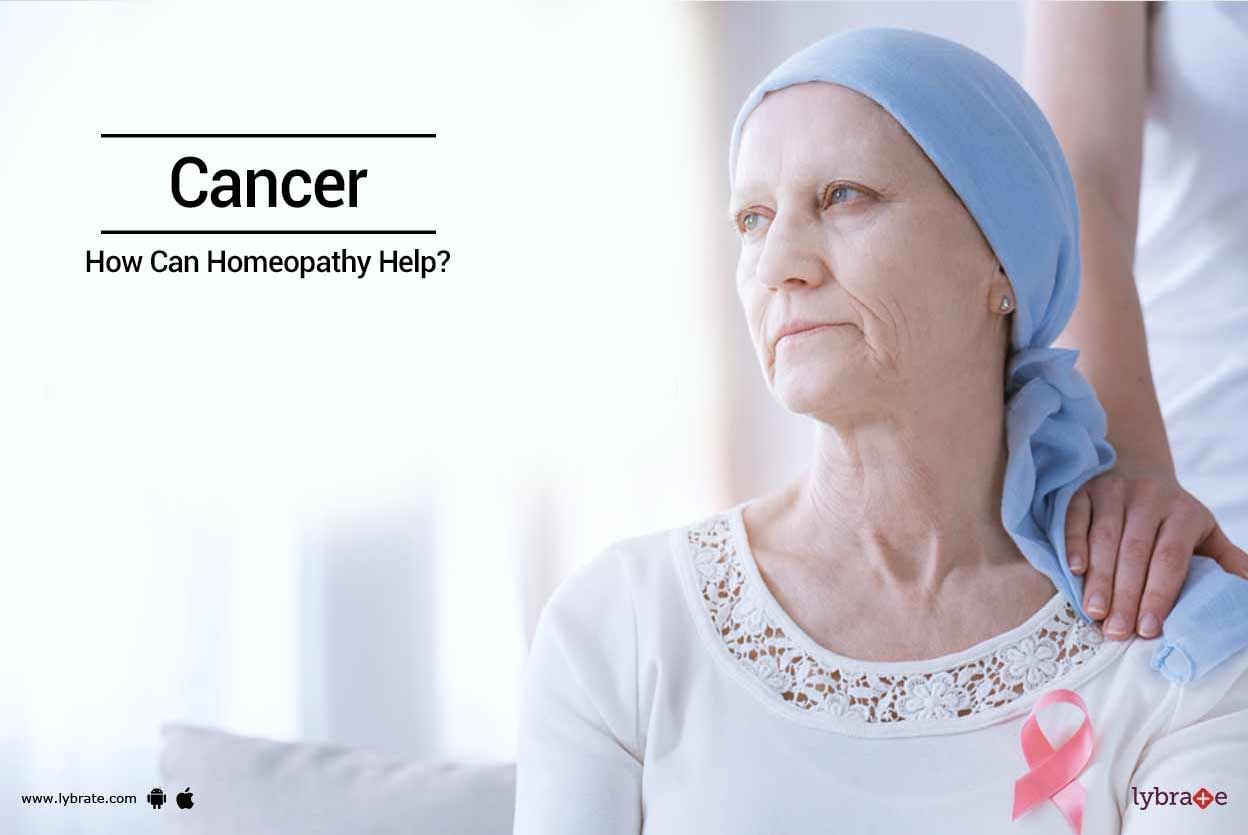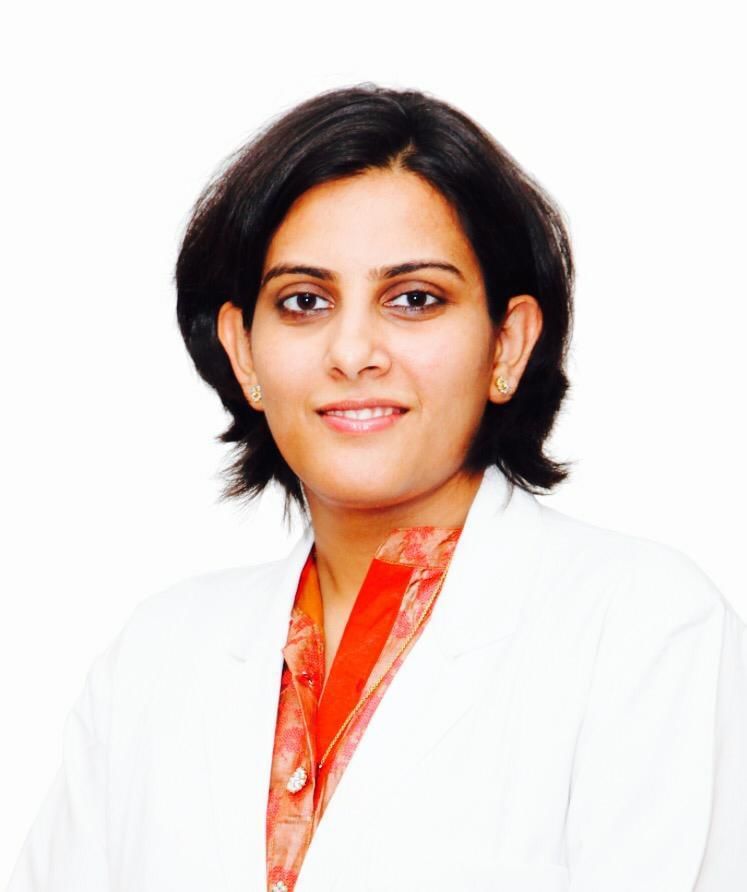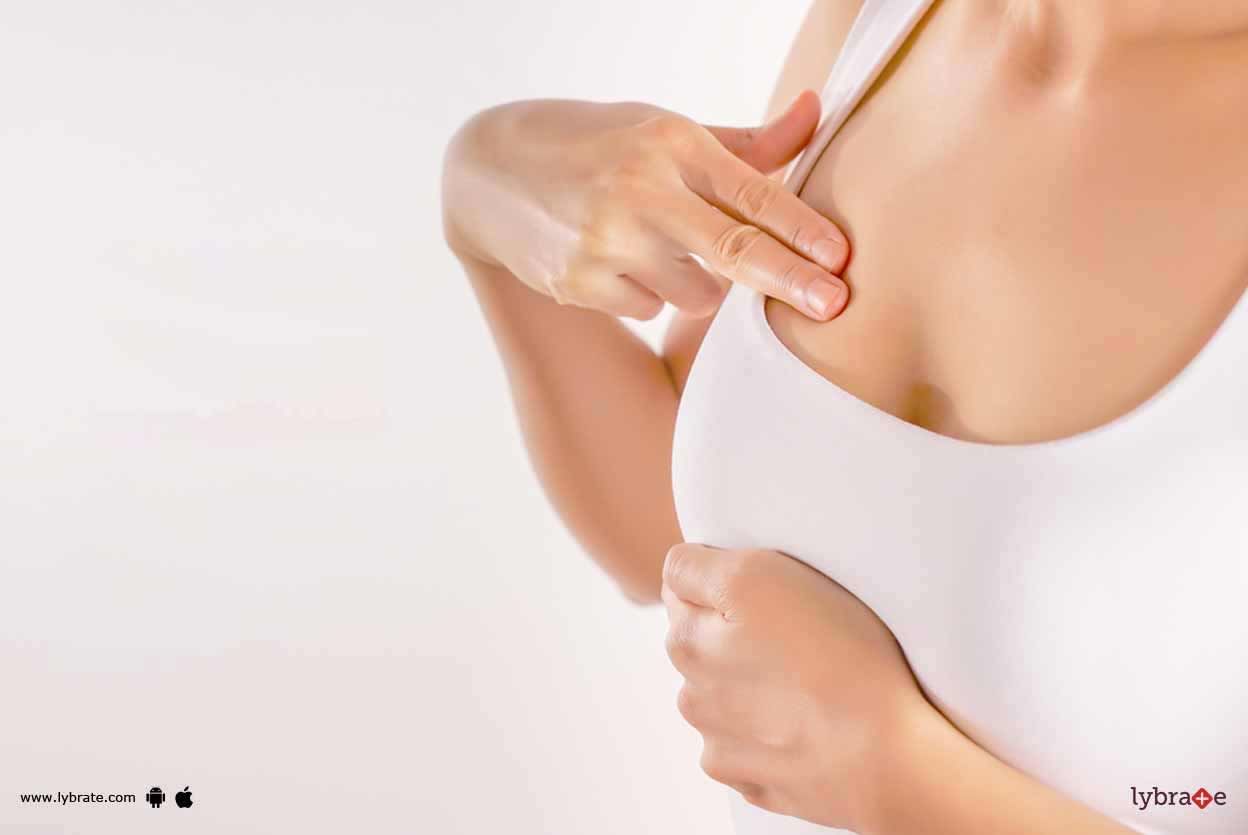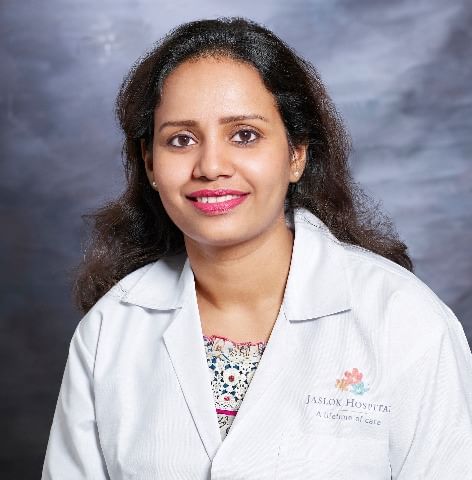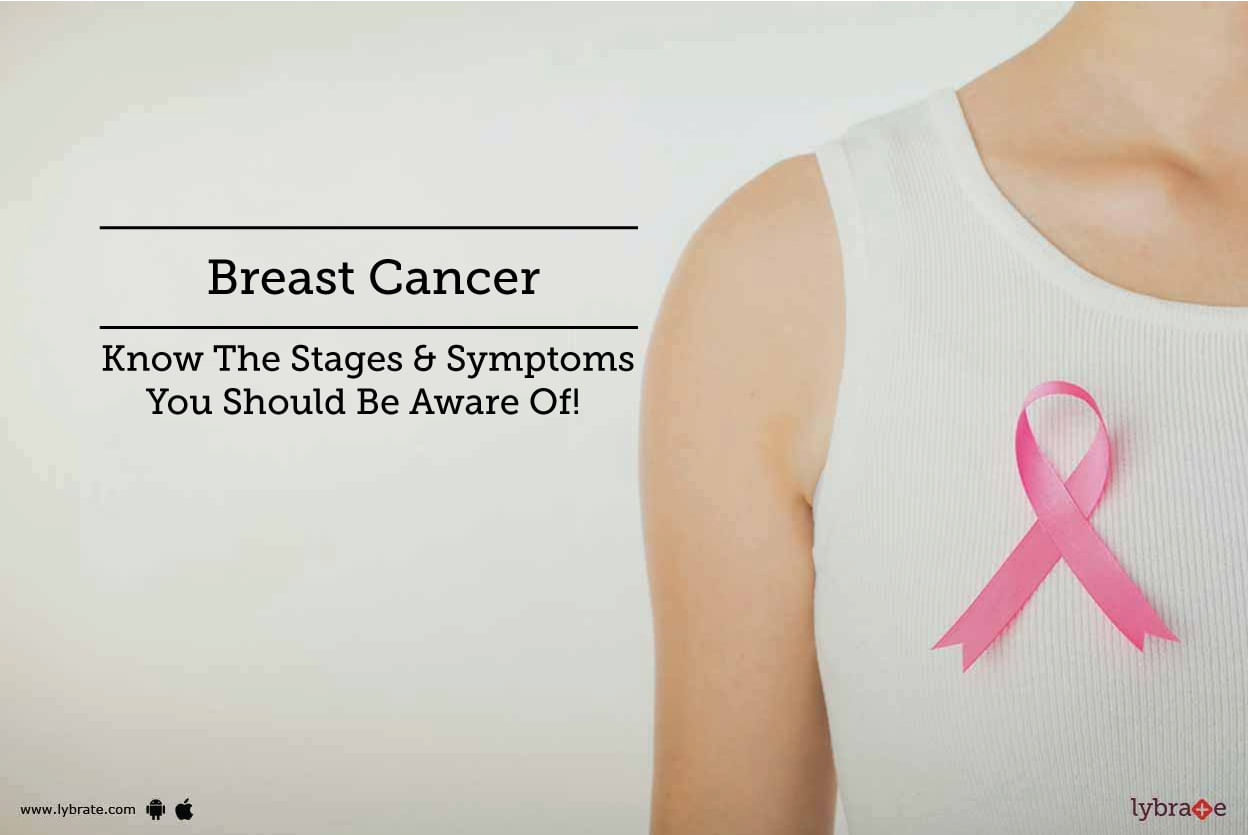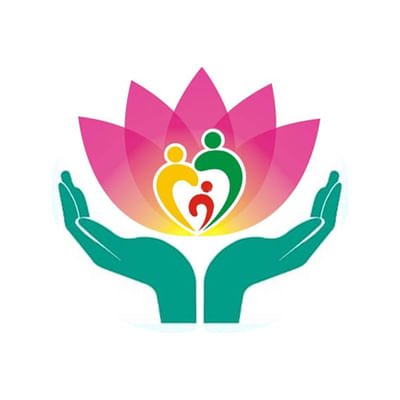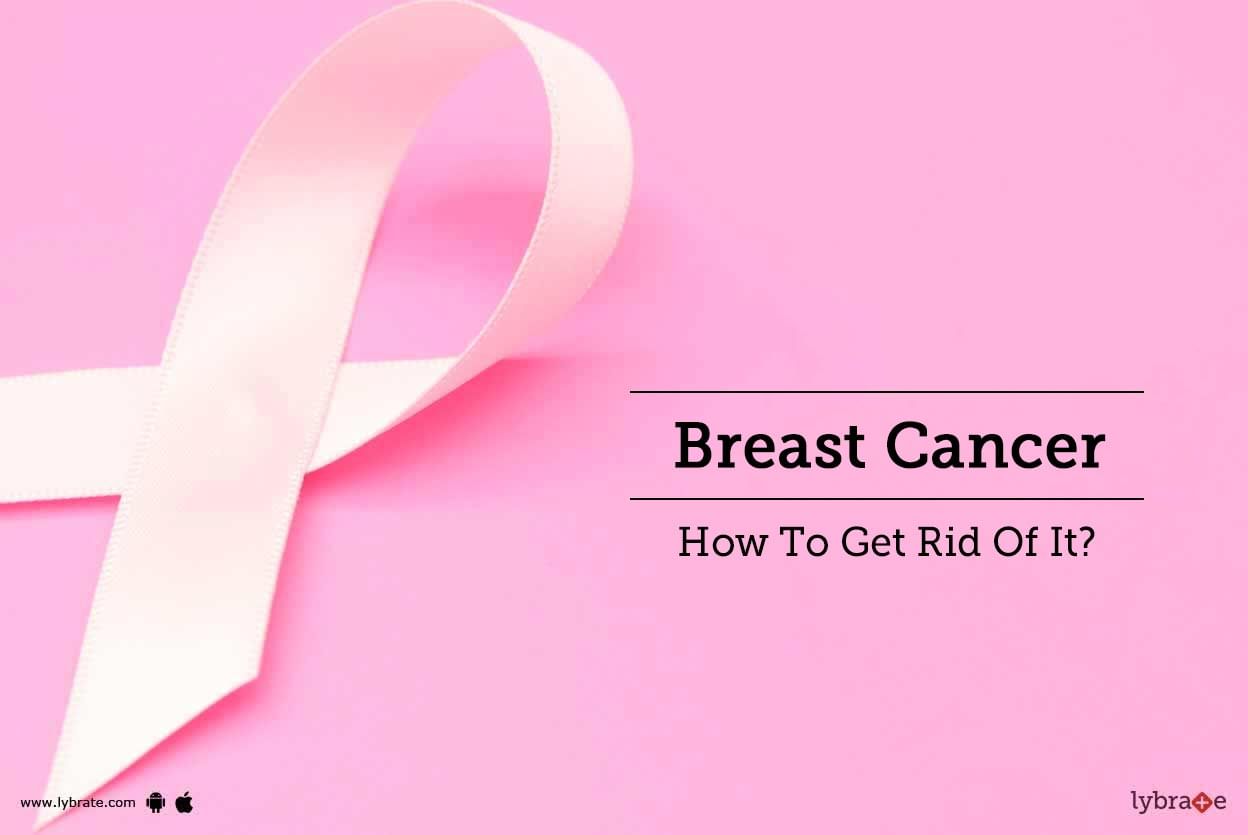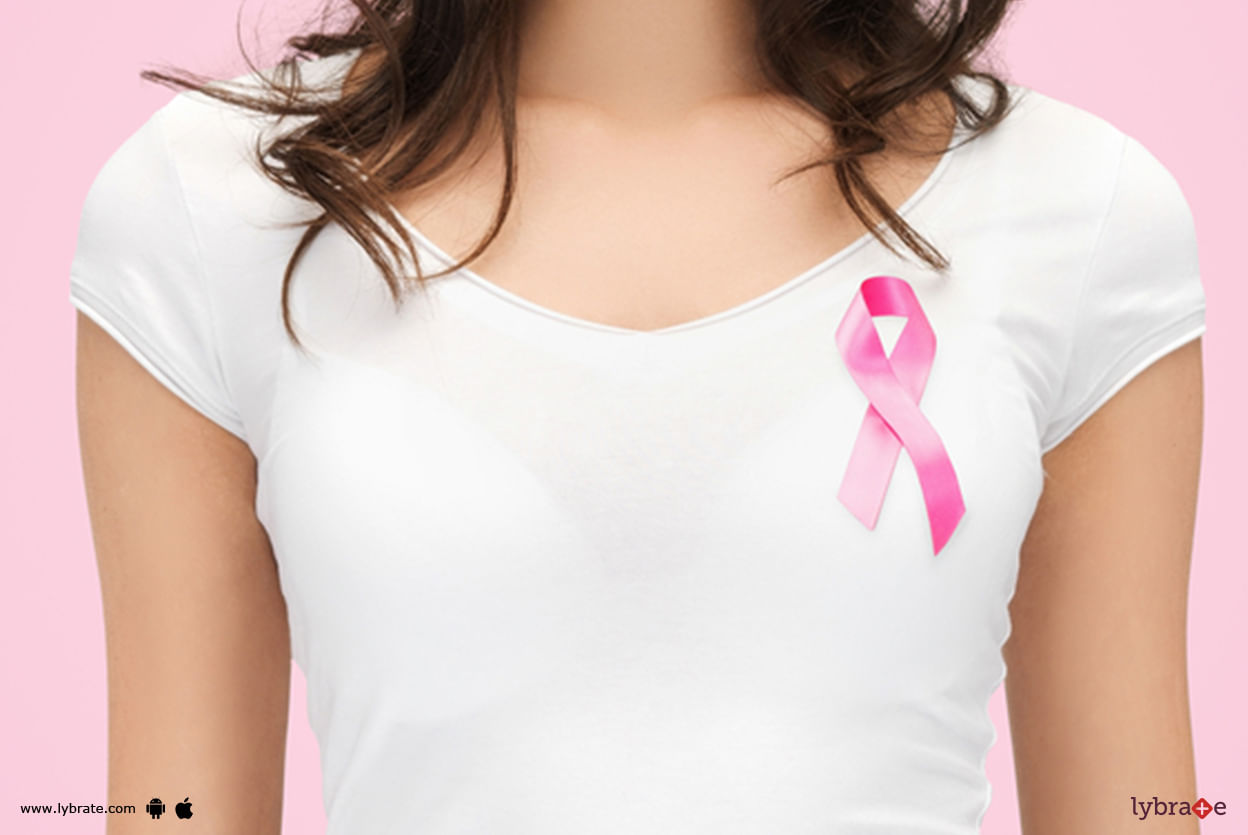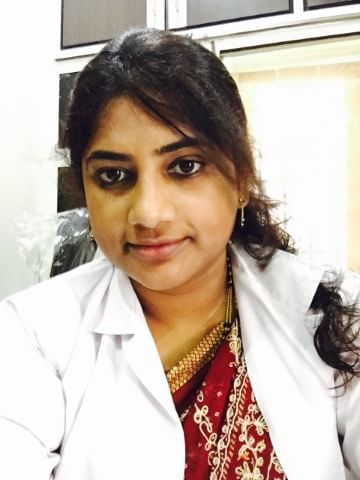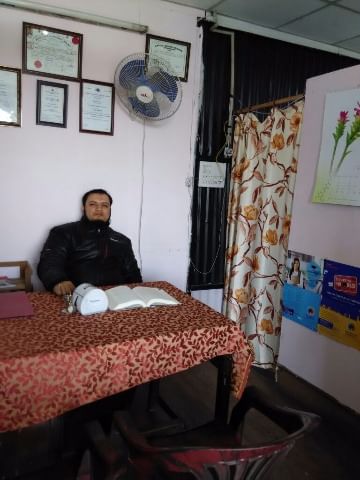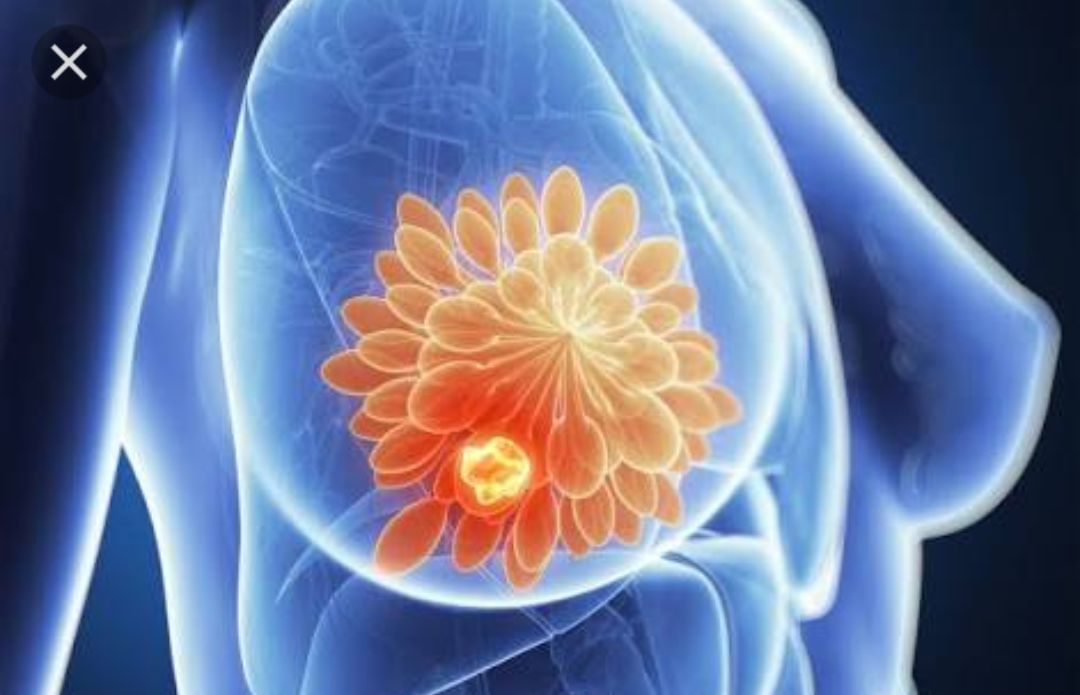Get the App
For Doctors
Login/Sign-up
About
Health Feed
Find Doctors
Health Packages
AllQ&AsTipsQuizzes
Breast Cancer Tips
Last Updated: 3 years ago• Featured Tip
Share
Bookmark
Report
हमारा शरीर किसी बड़ी गुत्थी की तरह है जिसे समझना काफी कठिन हो सकता है। ऐसे में शरीर के अलग अलग अंगों को लेकर अकसर लोगों में भ्रम की स्थिति होती है।
विशेषकर महिलाओं के शरीर से जुड़े कई मिथक समाज में फैले हुए हैं। तो आइए जानते हैं महिलाओं के स्तनों से जुड़े कई मिथकों और उनसे जुड़ी सच्चाई के बारे में।
मिथक
ब्रा पहनने से ब्रेस्ट कैंसर होता है
तथ्य
इस बात का कोई सबूत नहीं है कि ब्रा पहनने से ब्रेस्ट कैंसर होता है।
आप बेफिक्र होकर अपनी ब्रा पहनना जारी रख सक...more
विशेषकर महिलाओं के शरीर से जुड़े कई मिथक समाज में फैले हुए हैं। तो आइए जानते हैं महिलाओं के स्तनों से जुड़े कई मिथकों और उनसे जुड़ी सच्चाई के बारे में।
मिथक
ब्रा पहनने से ब्रेस्ट कैंसर होता है
तथ्य
इस बात का कोई सबूत नहीं है कि ब्रा पहनने से ब्रेस्ट कैंसर होता है।
आप बेफिक्र होकर अपनी ब्रा पहनना जारी रख सक...more
68 people found this helpful
Last Updated: 4 years ago• Featured Tip
Share
Bookmark
Report
India is slowing making its way towards the top listed countries with the maximum number of cancer ;patients. It actually ranks third in the world after china and the usa. The statistics are alarming. While genes play a part in determining who will contract cancer and who won t, you can still reduce your chances of getting it, if you spot the signs early on and seek treatment right away. Read on to learn about the most common types of cancer in the country and some of their symptoms.
Br...more
Br...more
Last Updated: 5 years ago• Featured Tip
Share
Bookmark
Report
Cancer is the most dreaded disease of our times. There are many different types of cancer depending on the organ it originates from. Some of the most common types of cancer include breast cancer, lung cancer, stomach cancer, and skin cancer. Cancer can affect men, women, and children of all ages. The exact cause of cancer is unknown and though there are many things one can do to reduce the risk of cancer, it cannot be completely prevented. Advancements in modern medicine have helped a relief for...more
Last Updated: 6 years ago• Featured Tip
Share
Bookmark
Report
MBBS, MS - General Surgery, Fellowship i...read more
Surgical Oncology•Ranchi
Breast cancer is most common cancer in women but can occur in men as well. It follows the same path as any other cancer, the cells start growing at an alarming rate and can even spread to other parts of the body. These cells form a cluster or a lump inside the breast and it s usually a noticeable lump. Breast cancers can originate at any part of the breast or the arm pit.
Breast cancer does not always mean there will be a lump though, sometimes it can be detected through a screening mam...more
Breast cancer does not always mean there will be a lump though, sometimes it can be detected through a screening mam...more
Last Updated: 6 years ago• Featured Tip
Share
Bookmark
Report
General Surgeon•Bangalore
Though breast cancer is a deadly disease, breast cancer detected at an early stage is often curable. In our country, one of eight women is suffering from this breast cancer.
Breast cancer note often presents as a small lump in the breast which can be detected by various methods by increasing the awareness of methods of detection.
The most easiest and most important way of detection is self breast examination. Self breast examination is a simple and easy exam that one can do the...more
Breast cancer note often presents as a small lump in the breast which can be detected by various methods by increasing the awareness of methods of detection.
The most easiest and most important way of detection is self breast examination. Self breast examination is a simple and easy exam that one can do the...more
Last Updated: 6 years ago• Featured Tip
Share
Bookmark
Report
What do Sheryl Crow, Kylie Minogue and Angelina Jolie have in common; they are all breast cancer survivors. Being diagnosed with cancer is a scary thought but it should come as a relief that many types of cancer can be cured, breast cancer being one of them. However, this depends largely on the stage of diagnosis. Hence, it is essential to understand and recognize the symptoms of this disease.
Breast cancer can affect men and women. However, it is more common amongst women. A lump in th...more
Breast cancer can affect men and women. However, it is more common amongst women. A lump in th...more
Last Updated: 6 years ago• Featured Tip
Share
Bookmark
Report
Multi Speciality•Gorakhpur
Breast cancer is a very common form of cancer that develops in the cells of your breast. Cancer typically forms in either the ducts of your breast (the pathway through which milk reaches the nipples from the glands) or the lobules (the glands which produce milk).
Breast cancer can affect both males and females. However, it is more commonly observed in women aged between 45-55 years.
Look out for these symptoms!
Signs and symptoms of breast cancer include the following-
...more
Breast cancer can affect both males and females. However, it is more commonly observed in women aged between 45-55 years.
Look out for these symptoms!
Signs and symptoms of breast cancer include the following-
...more
Last Updated: 6 years ago• Featured Tip
Share
Bookmark
Report
Breast cancer is one of the most common cancers in women about 1 in 8 women in the USA develop invasive breast cancer. The incidence of breast cancer has increased with changes in lifestyle including smoking, drinking and loss of physical activity. The risk factors are age, ethnicity and family history cannot be changed. However, there are some risk factors that can definitely be acted upon to reduce the chances of developing breast cancer.
Weight management: Obesity is one of the majo...more
Weight management: Obesity is one of the majo...more
Last Updated: 6 years ago• Featured Tip
Share
Bookmark
Report
The presence of a lump or a tumor in the breast is not always indicative of breast cancer. In some instances, the breast tumor can be benign or noncancerous as well. Thus, to understand breast cancer better, one should know the difference between a benign and malignant breast tumor. In this article, we will discuss the factors that differentiate a benign breast tumor from a malignant one.
Breast Fibroadenomas
Breast Fibroadenomas are benign breast tumors that often affect women...more
Breast Fibroadenomas
Breast Fibroadenomas are benign breast tumors that often affect women...more
Last Updated: 6 years ago• Featured Tip
Share
Bookmark
Report
DHMS (Diploma in Homeopathic Medicine an...read more
Alternative Medicine Specialist•Dehradun
Breasts are glandular secreting organs with 15 -20 lobes with ducts opening in the nipple to secret milk. Breast tumours usually arise from the cells of milk sacs. There are certain signs which shouldn't be ignored to prevent and cure cases of breast cancer namely, pain, lump, hardness in lump, bleeding, red spots, boils, puckering and skin lesions. The swelling on axillary lymph nodes should also be considered as a factor. If uncontrolled, it spreads to bones too.
Long term usage of es...more
Long term usage of es...more
Book appointment with top doctors for Breast Cancer treatment
View fees, clinic timings and reviews
Ask a free question
Get FREE multiple opinions from Doctors
posted anonymously



